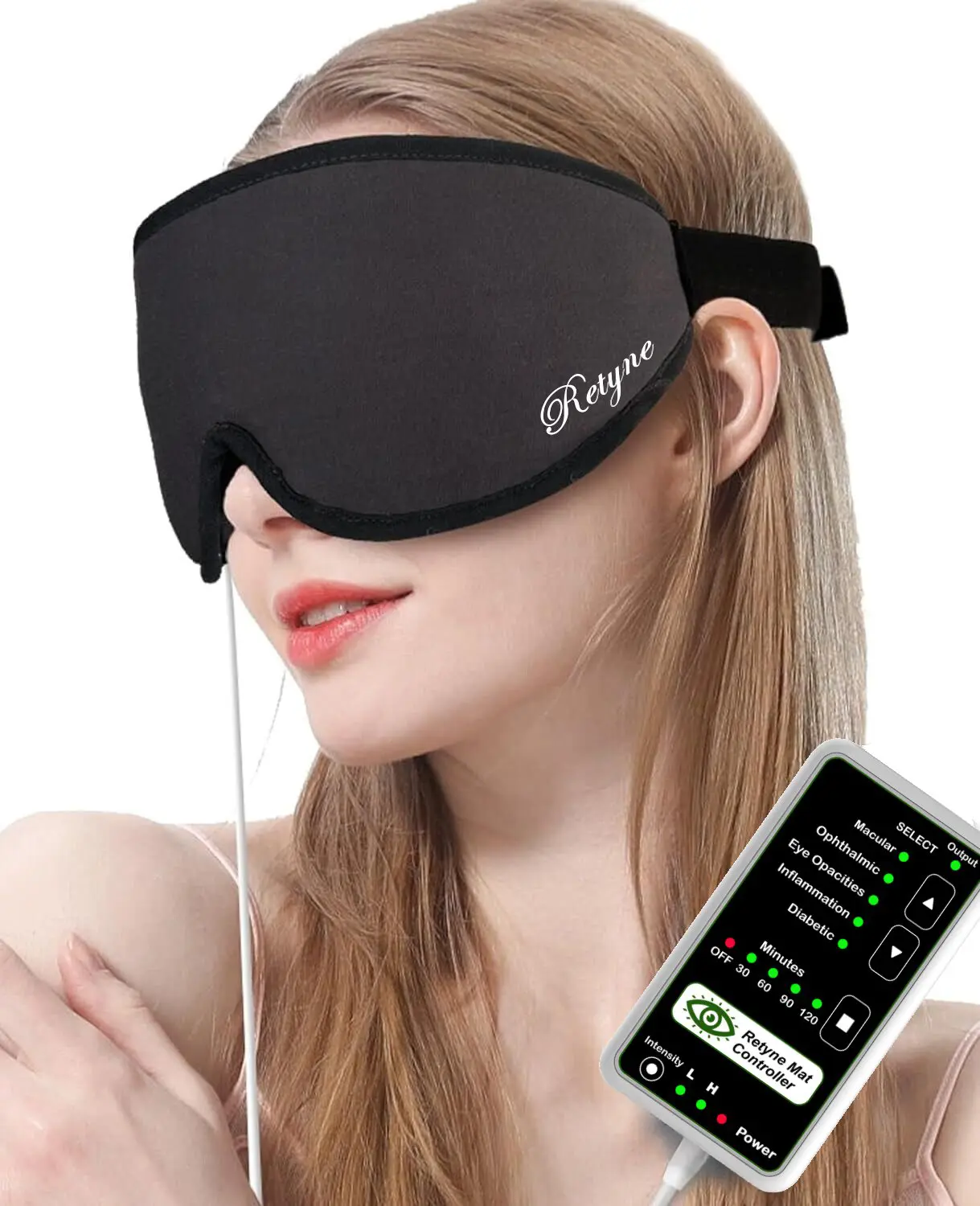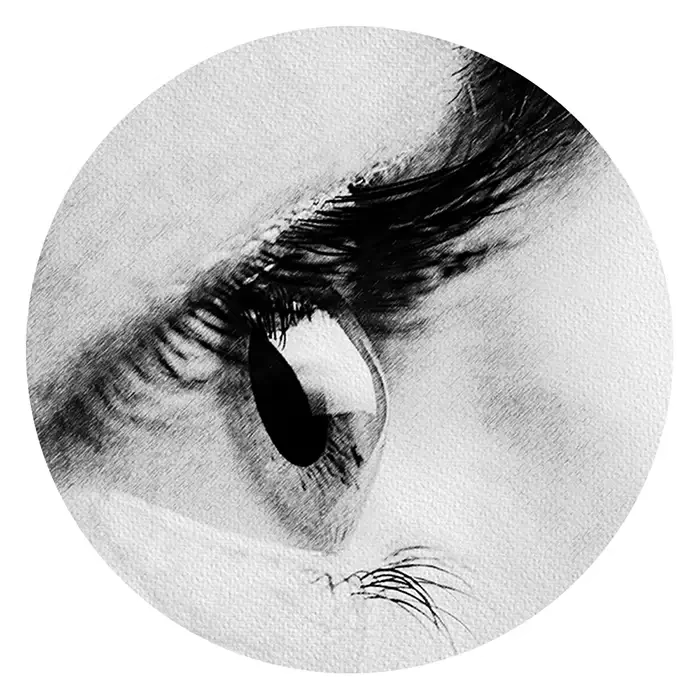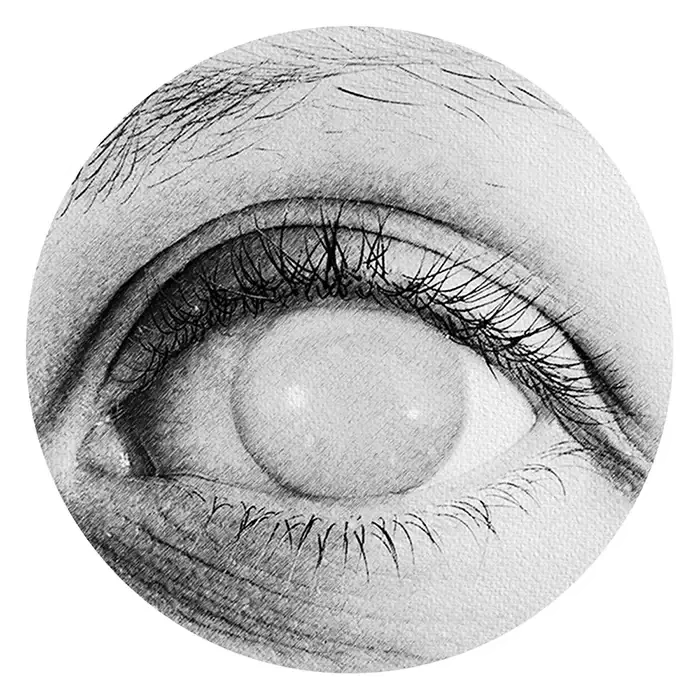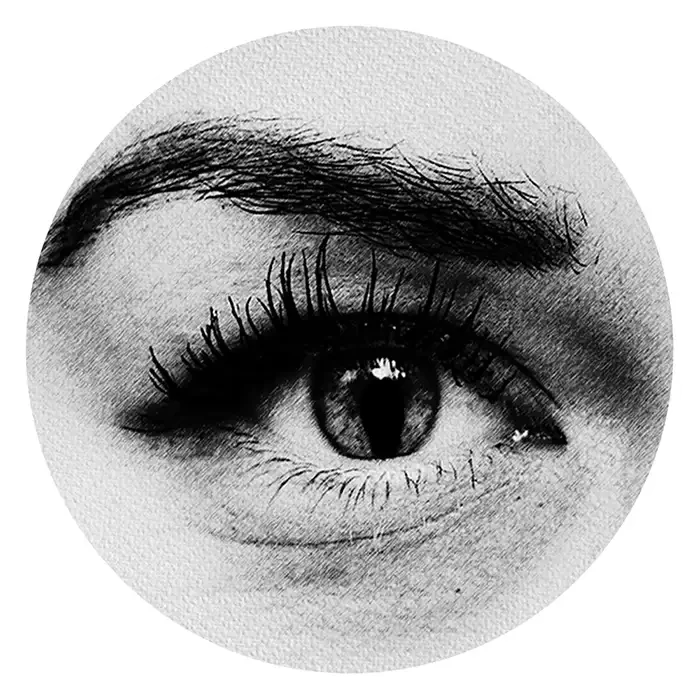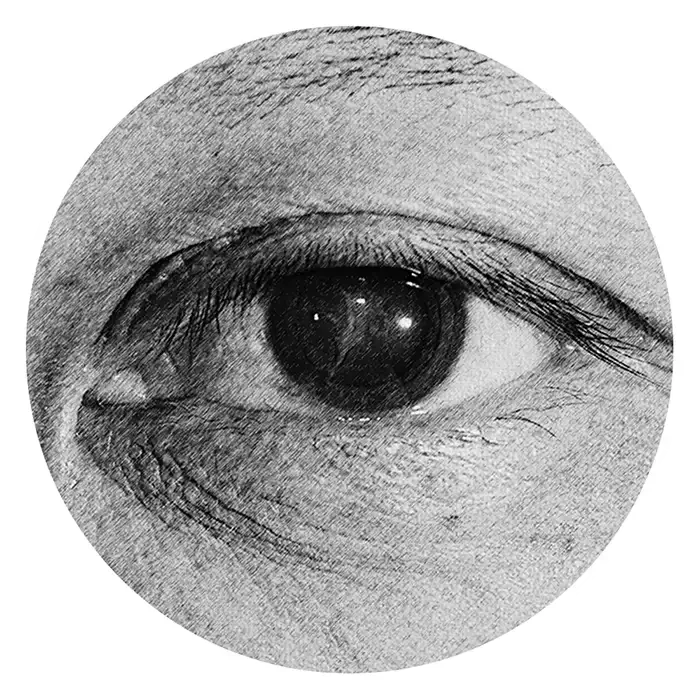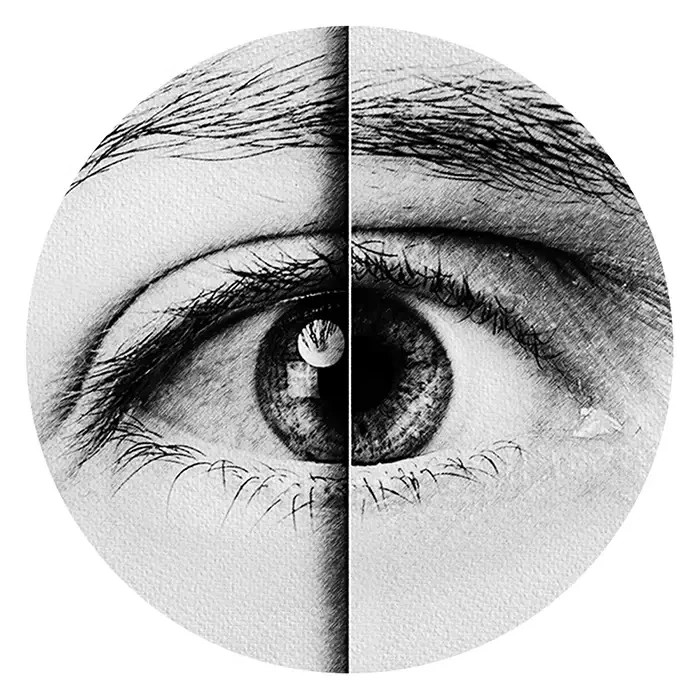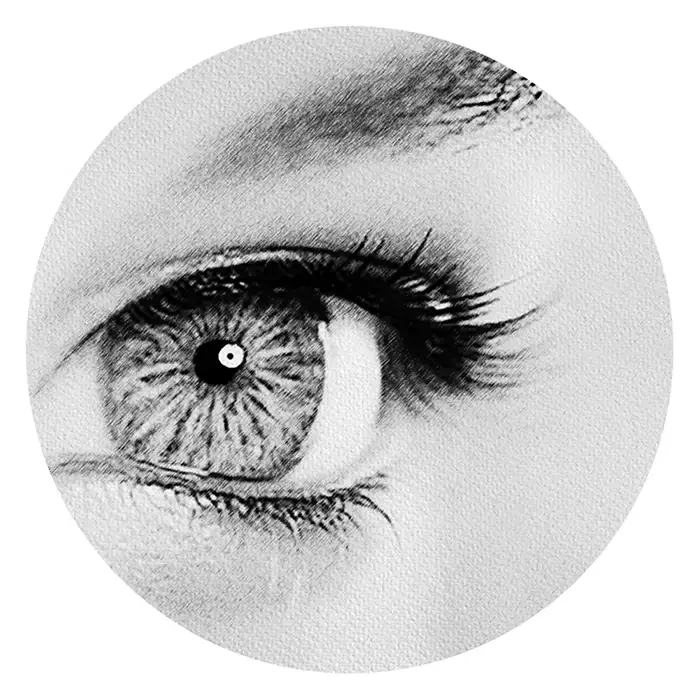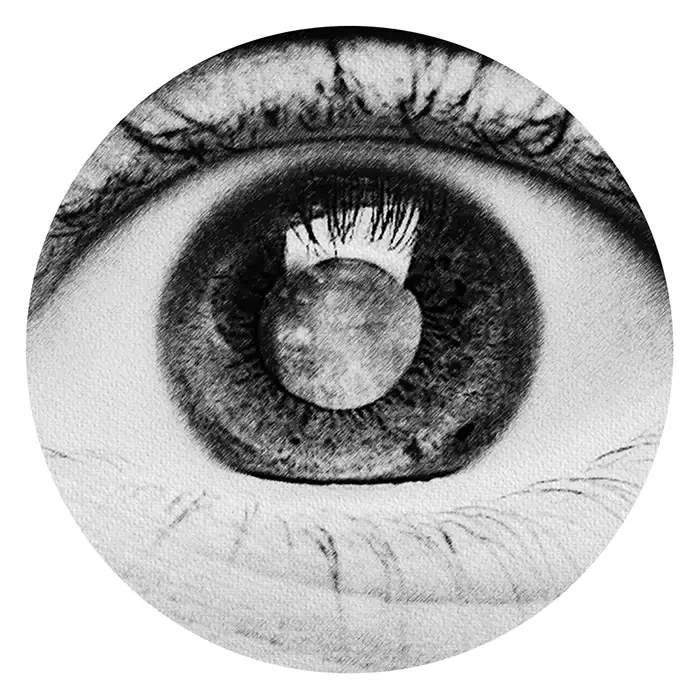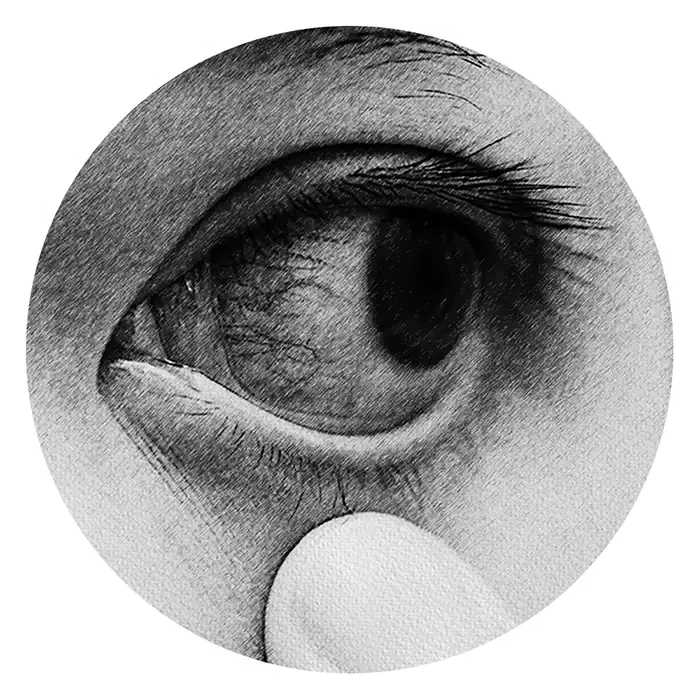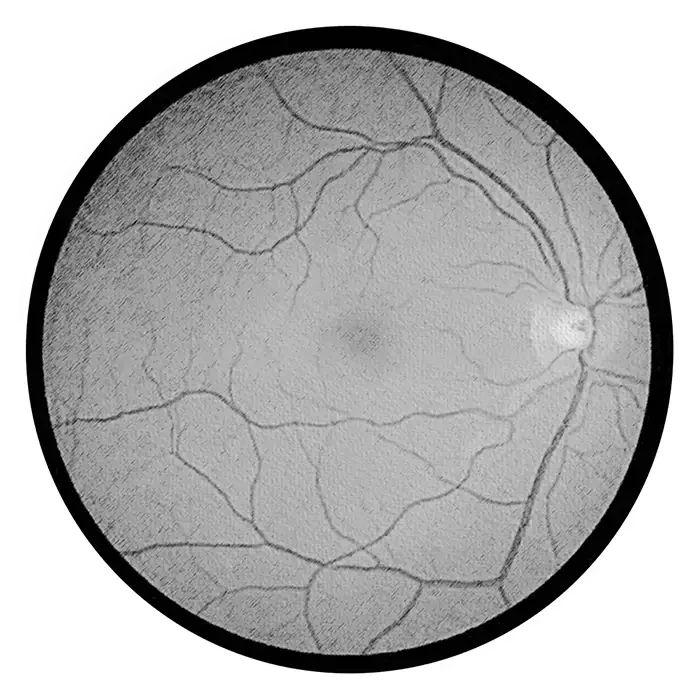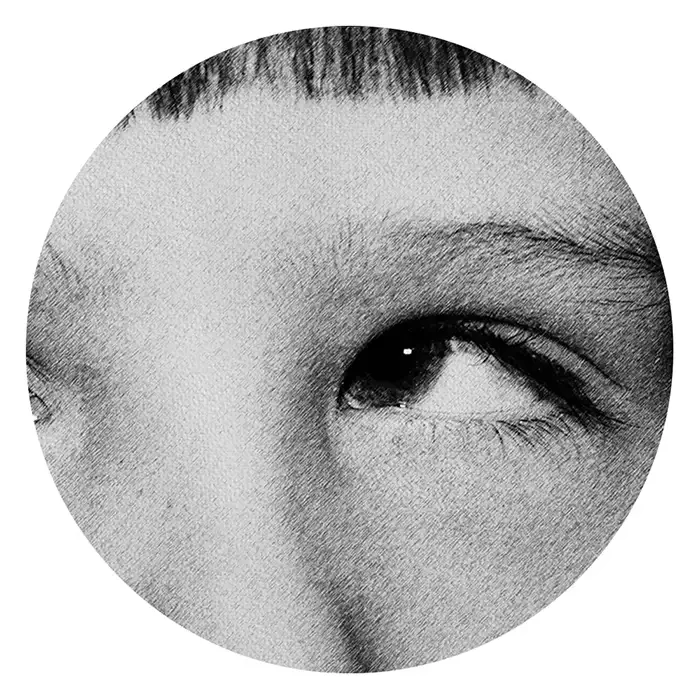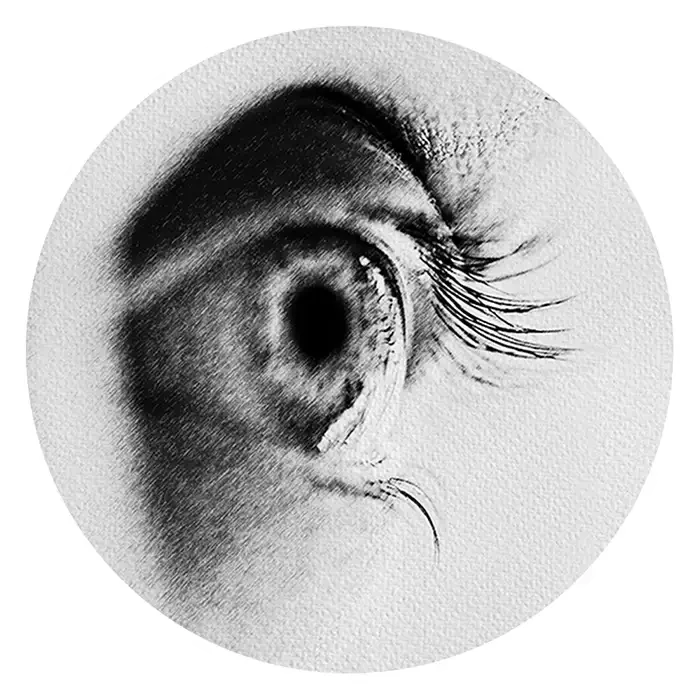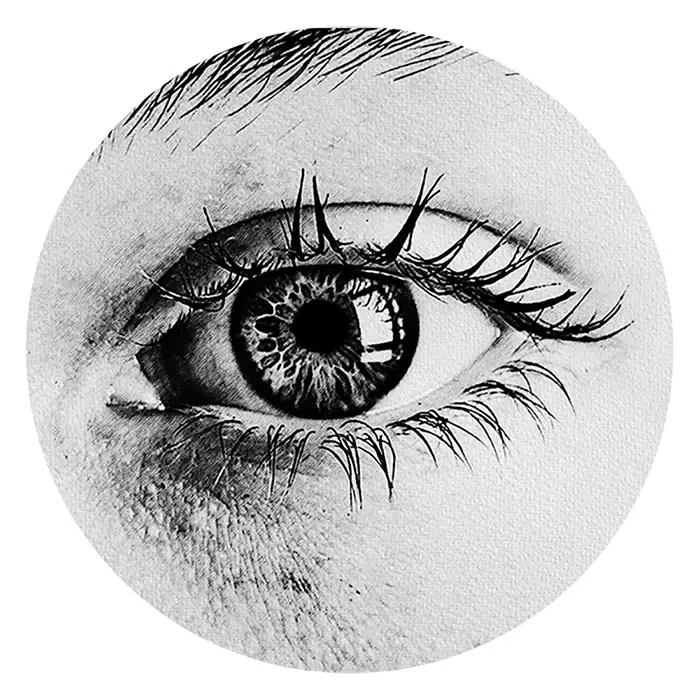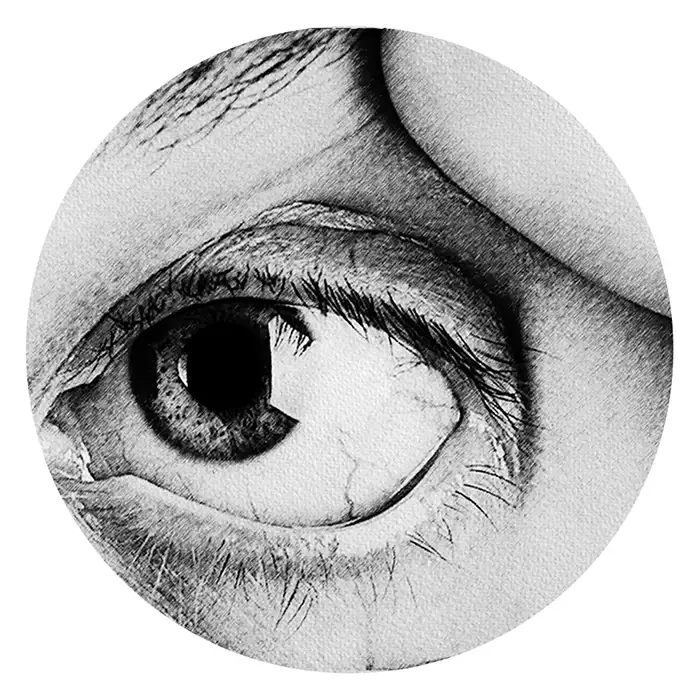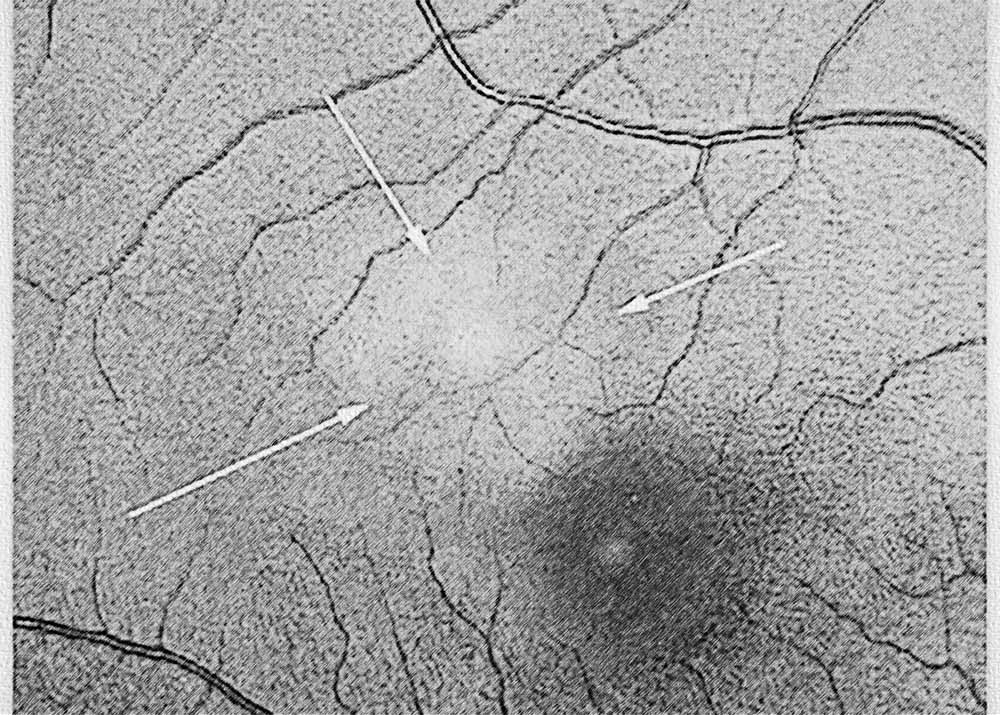
Ocular Histoplasmosis Syndrome: Types, Diagnosis, and Treatment
Ocular histoplasmosis syndrome (OHS) is a condition caused by exposure to the fungus Histoplasma capsulatum, which typically affects the lungs but can also lead to ocular manifestations. The syndrome encompasses various ocular findings, including choroidal neovascularization (CNV), macular scarring, and peripheral retinal lesions. There are different types of OHS, including classic, macular, and multifocal choroiditis, each characterized by distinct clinical features and disease progression.
Diagnosing OHS involves a thorough ophthalmic examination, including fundoscopy and imaging modalities such as optical coherence tomography (OCT) and fluorescein angiography (FA). Classic OHS presents with punched-out chorioretinal scars, while macular and multifocal choroiditis involve CNV and macular scarring. Laboratory tests may also be performed to confirm the presence of Histoplasma antibodies in the blood or intraocular fluids.
The Retyne Infrared Eye Treatment Mask offers a promising adjunctive therapy for managing the symptoms of OHS, particularly in cases involving CNV and macular scarring. Program #4 on the Retyne controller delivers invisible infrared light therapy directly to the affected ocular tissues, promoting tissue repair, reducing inflammation, and alleviating symptoms. This targeted approach complements traditional treatments such as anti-VEGF injections and photodynamic therapy, enhancing the overall efficacy of the treatment regimen.
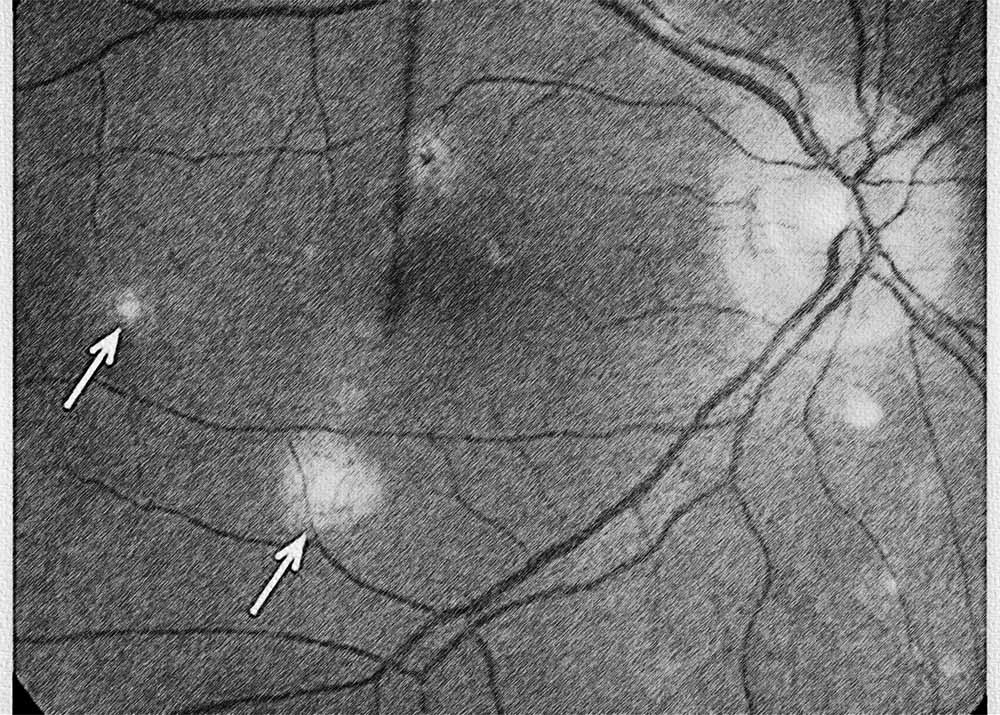
By incorporating the Retyne Infrared Eye Treatment Mask into the management of OHS, clinicians can optimize patient outcomes and improve visual function. The non-invasive nature of infrared therapy makes it well-tolerated and suitable for long-term use, providing patients with a safe and effective option for symptom relief. Additionally, the Retyne mask can be used in conjunction with other treatment modalities to address the multifaceted nature of OHS and tailor therapy to individual patient needs.
In summary, Ocular Histoplasmosis Syndrome presents a complex array of ocular manifestations that require comprehensive evaluation and management. The integration of advanced therapies like the Retyne Infrared Eye Treatment Mask offers a promising avenue for addressing the symptoms of OHS and promoting ocular health. By leveraging the therapeutic benefits of invisible infrared light, clinicians can effectively manage inflammation, promote tissue healing, and improve visual outcomes for patients with OHS.
The Retyne eye treatment mask employs a specific array of frequencies (0.06, 0.5, 0.87, 12.85, 27.5, 141, 301.23, 453.02, 783.4, 825.03) meticulously tailored to address symptoms associated with Ocular Histoplasmosis Syndrome. Each frequency is carefully selected based on its documented effectiveness in managing and alleviating this particular visual condition. Retyne's innovative approach involves the transformation of these frequencies into invisible infrared light output, heralding a pioneering fusion of frequencies with light—a revolutionary technology pioneered by Retyne Labs.
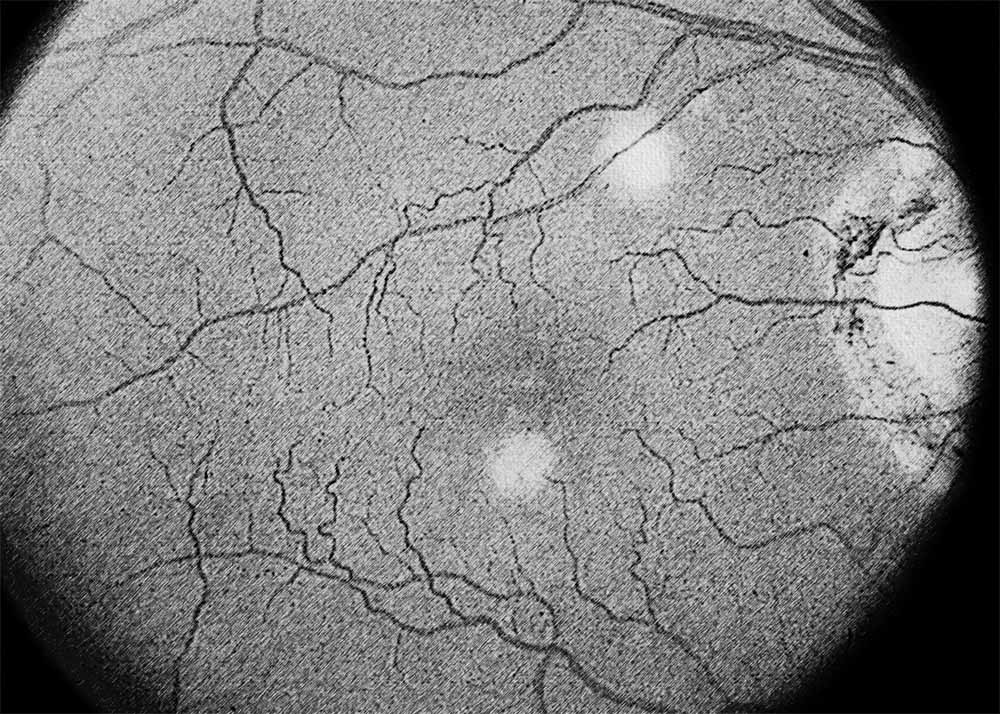
Drawing inspiration from the pioneering research of Dr. Rife, who unearthed the therapeutic potential of precise frequencies and harnessed light for their propagation, Retyne's methodology embraces contemporary insights into invisible infrared technology. By leveraging current advancements and building upon historical investigations into frequency-based light transmission, Retyne has developed the innovative Retyne Eye Treatment Mask. This cutting-edge device represents the synthesis of modern breakthroughs in visual healthcare, offering a comprehensive solution rooted in both tradition and progress.
Moreover, for those utilizing advanced hardware such as the RDPV4, a secondary set of specific frequencies for Ocular Histoplasmosis Syndrome are the Group at program 1628: (Histoplasmosis [Fungal Infection set]: 0.12, 0.14, 0.81, 7.5, 12.69, 39.22, 48.82, 224.94, 426.16, 503.14 ). The RDPV4 offers an expanded range of frequencies, finely calibrated to provide even greater precision in addressing Ocular Histoplasmosis. By incorporating this secondary set of frequencies, the RDPV4 elevates the potential therapeutic benefits of the Retyne eye Treatment Mask, catering to individuals seeking advanced solutions for their visual health needs.
Ocular Histoplasmosis Syndrome General: (0.06, 0.5, 0.87, 12.85, 27.5, 141, 301.23, 453.02, 783.4, 825.03)
Specific Group: 1628: Histoplasmosis: 0.12, 0.14, 0.81, 7.5, 12.69, 39.22, 48.82, 224.94, 426.16, 503.14
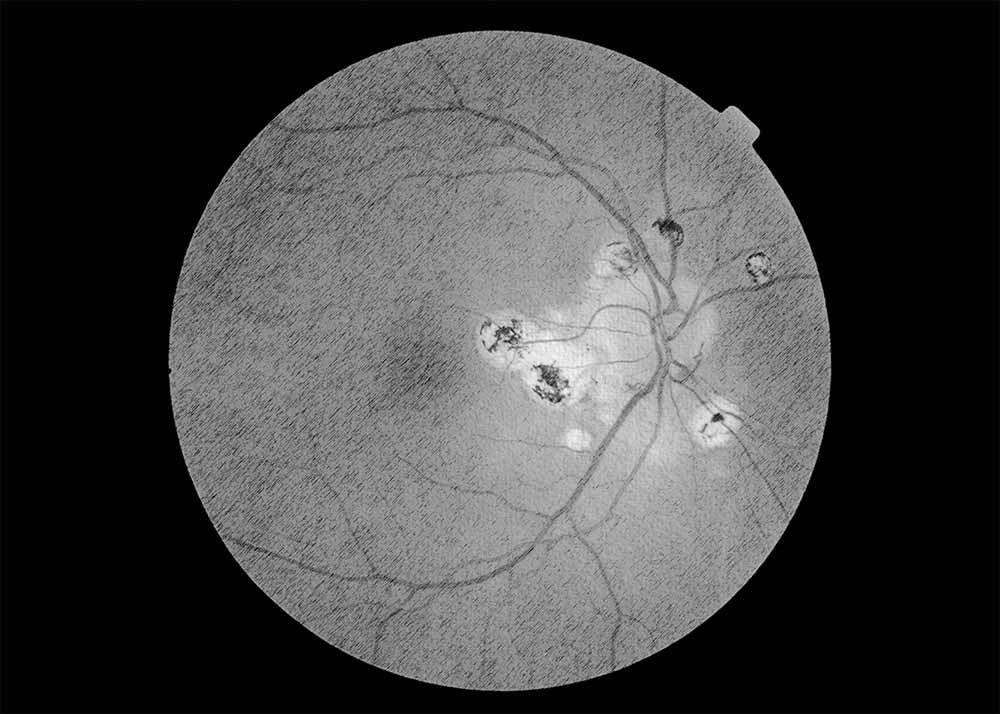
Compatibility
Standalone controller (Program #4) (Controller shipped with Retyne Eye Treatment Mask)
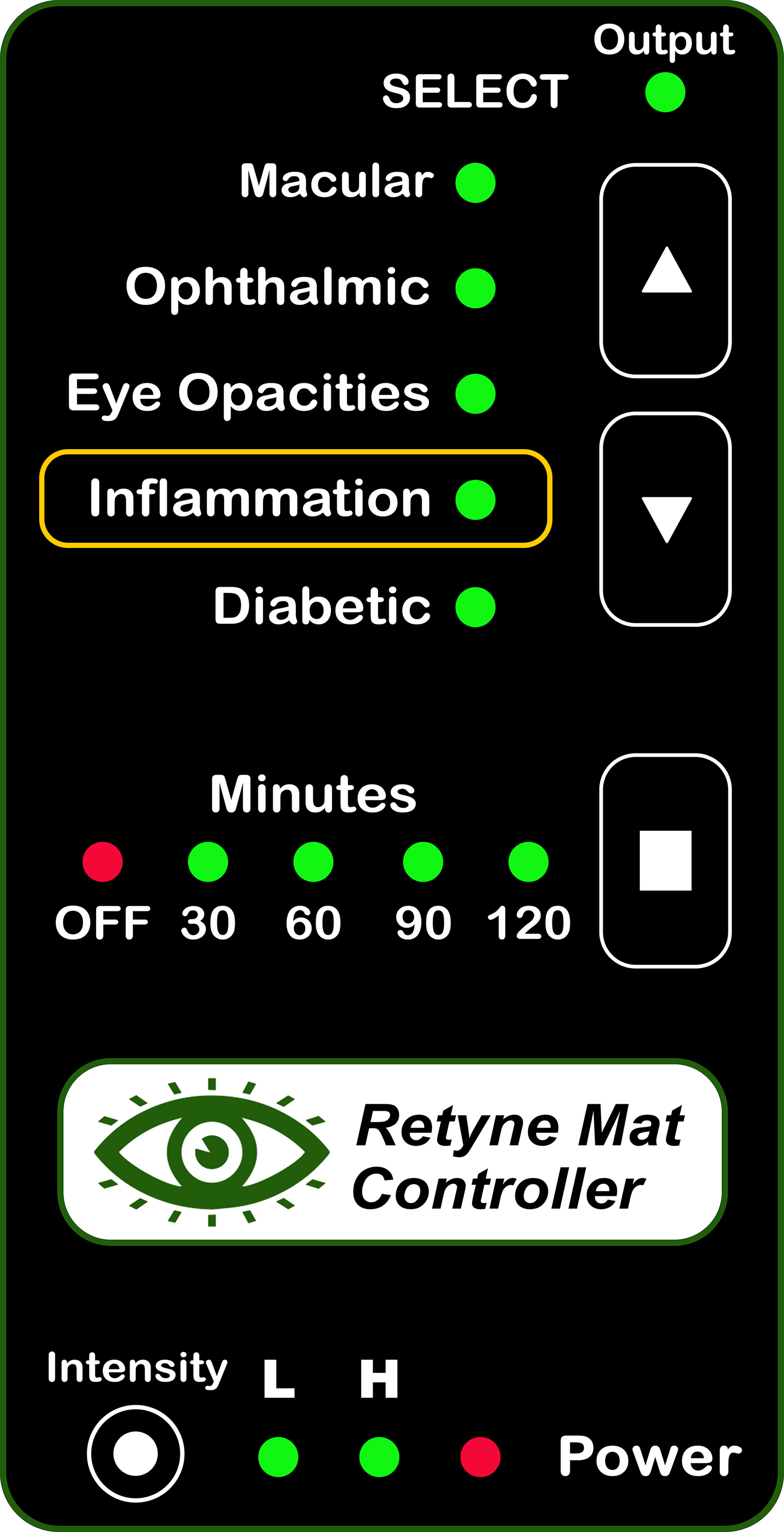
RDPV4 (Direct connect, use group 1628)
RDPV4 Light Mask Program button 4
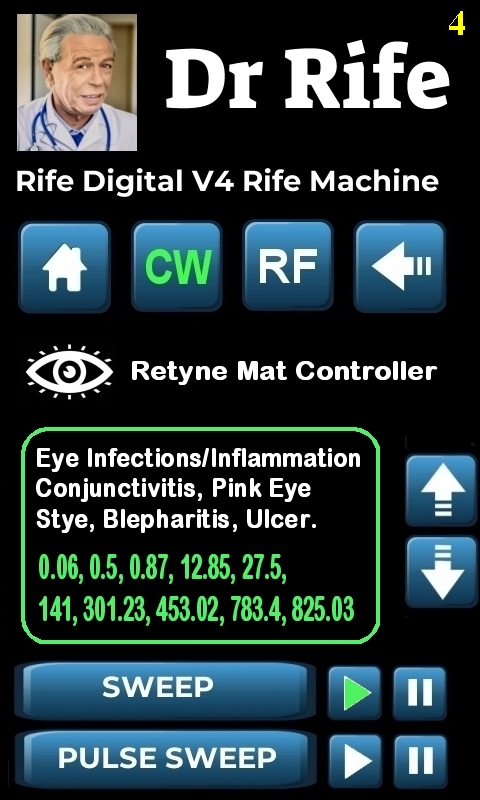
Click here for instructions on using the Retyne Mask + Controller
